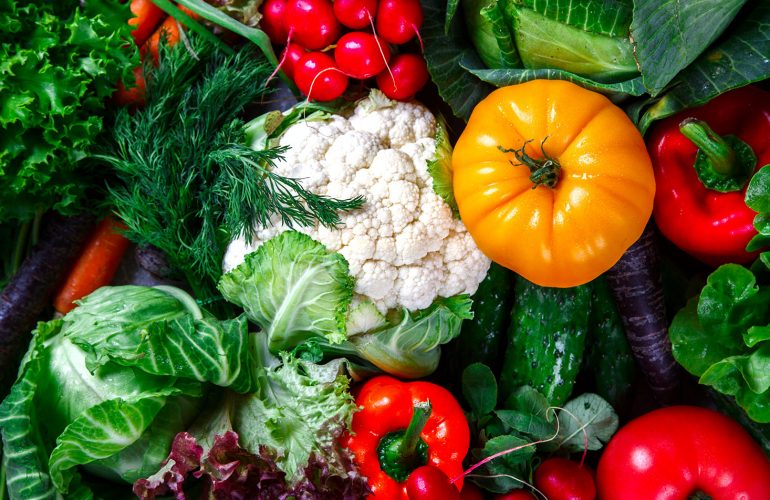Traditional cattle farming
The development of civilization has an effect on all aspects of our lives.
One such instance, related to the topic under dispute, is antibiotic use in industrial cattle farming. Drugs are often required when animals are kept in small stands and they draw food from a common fodder table. Disease transmission is greatly reduced when cattle is allowed to graze on pastures.
However, the issue that raises greatest objections is not to administer antibiotics animals that have fallen ill but its use as a precautionary measure. There are voices that this is the reason underlying the global rise in the resistance to antibiotics.
One of the reasons why ruminants have been of such importance to humans is their ability to transform something we cannot digest (cellulose found in grass) into food (milk, meat). Drawing on this argument, the proponents of feeding grass to animals contend that sustaining cattle on grains is just waste. Furthermore, the digestive tract in cows, that is naturally adapted to digesting grass, does not process grains equally well, which, in turn, leads to diseases and the necessity to administer antibiotics.
This is why our company opts for traditional cattle raising methods. Such methods are applied in our farms.


